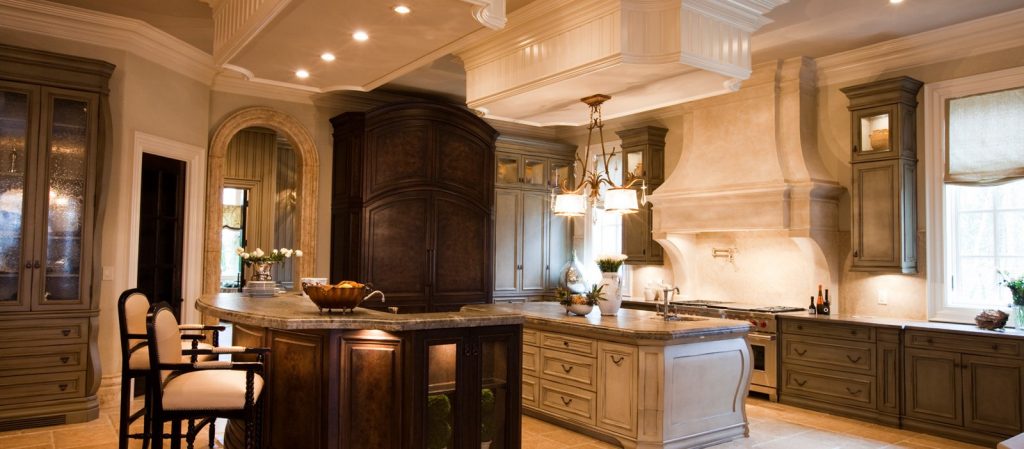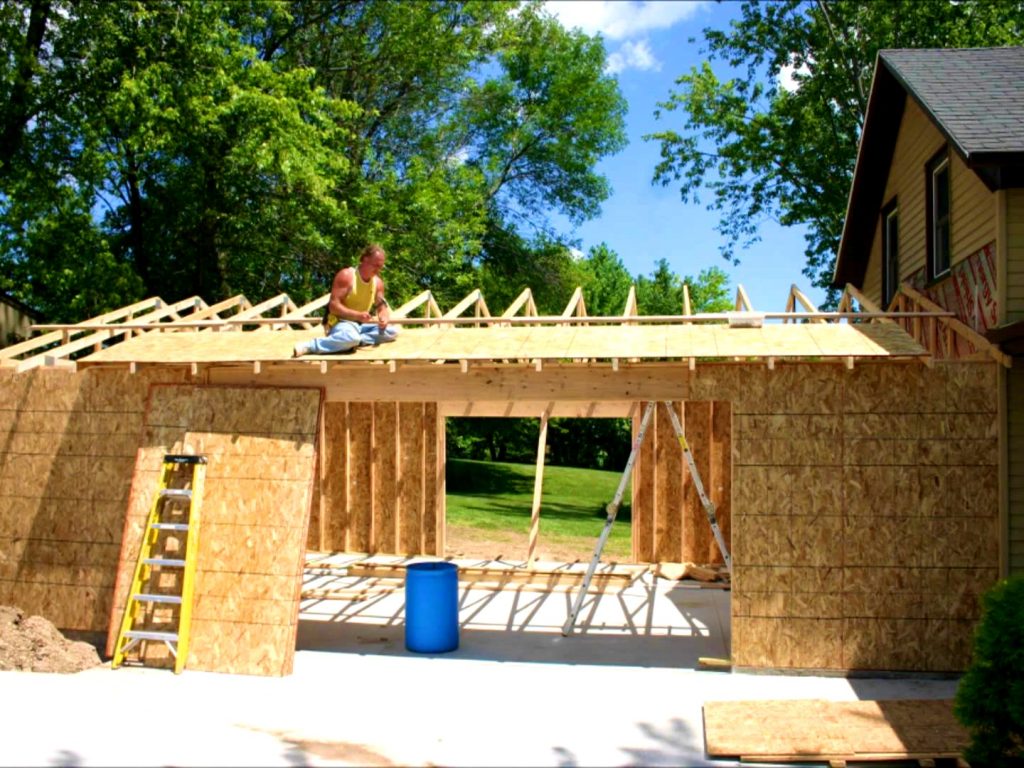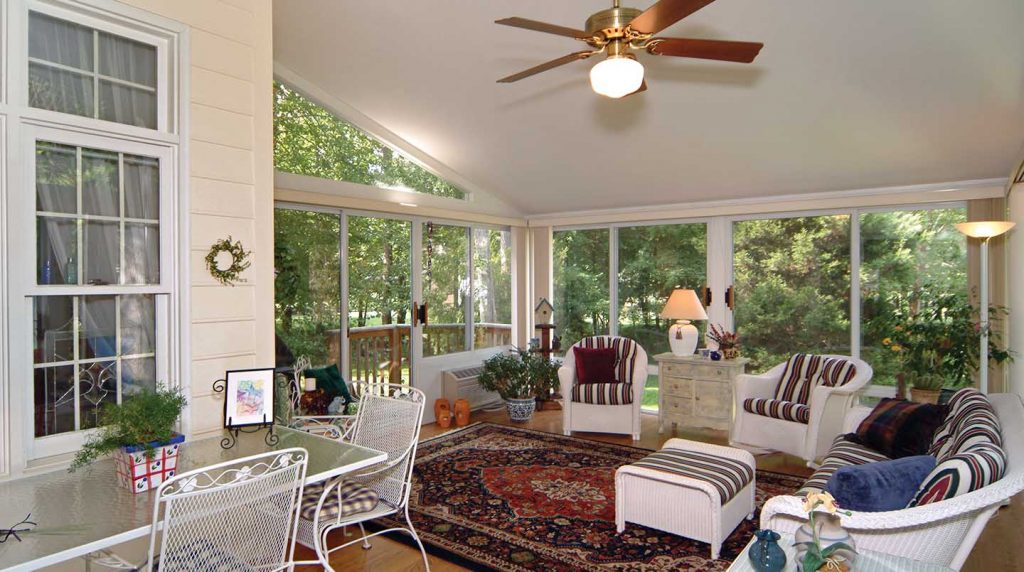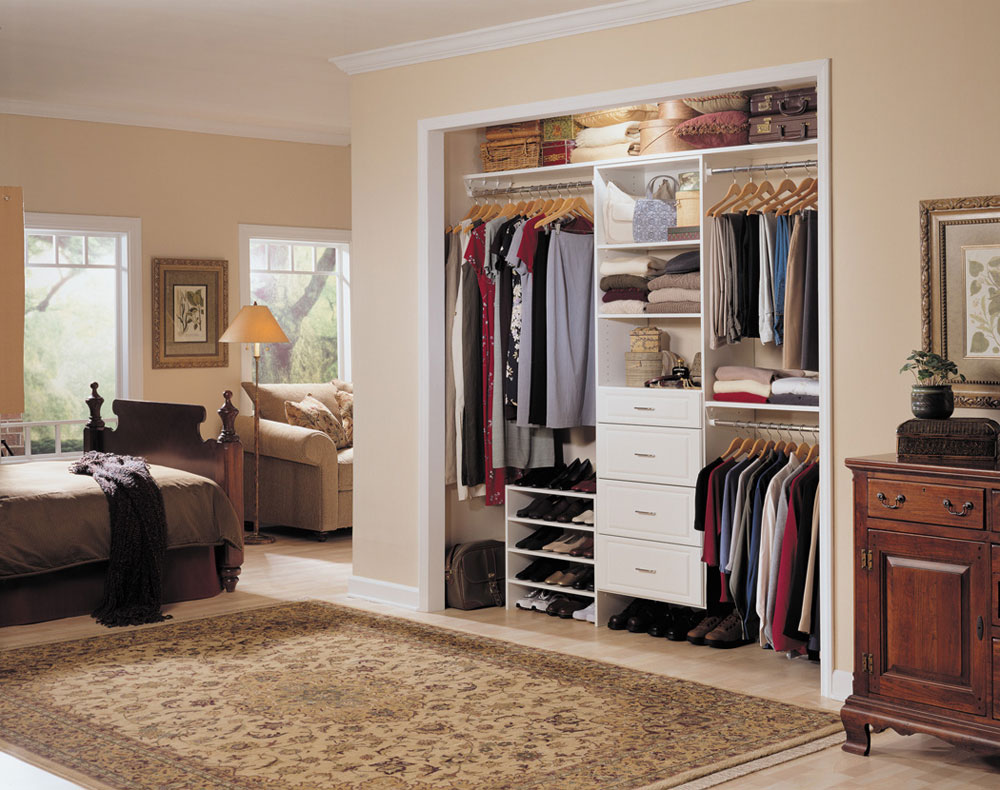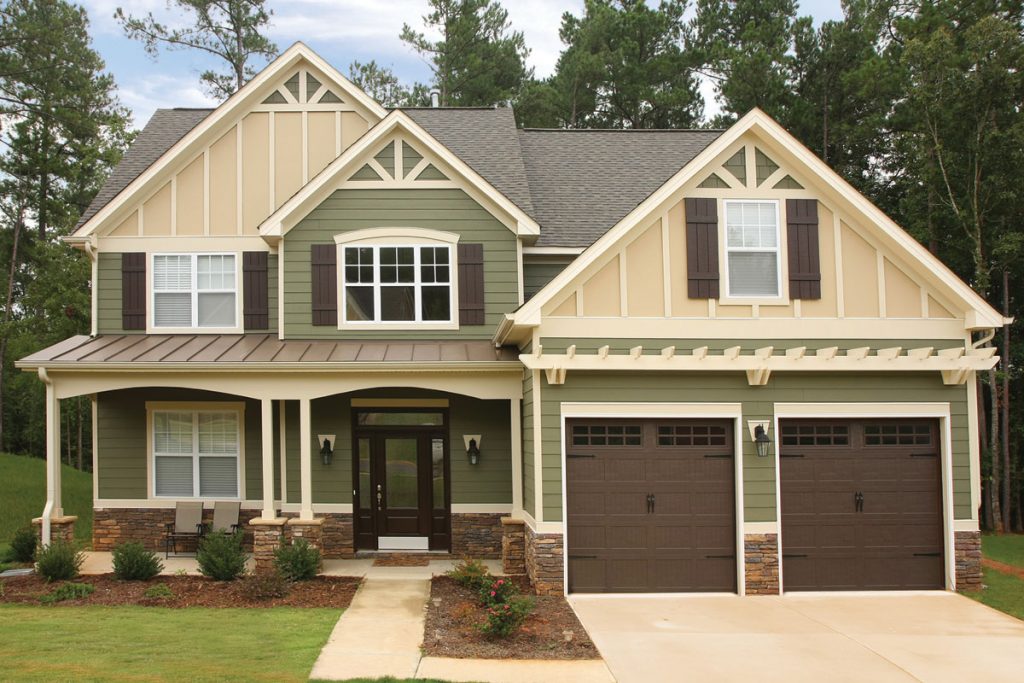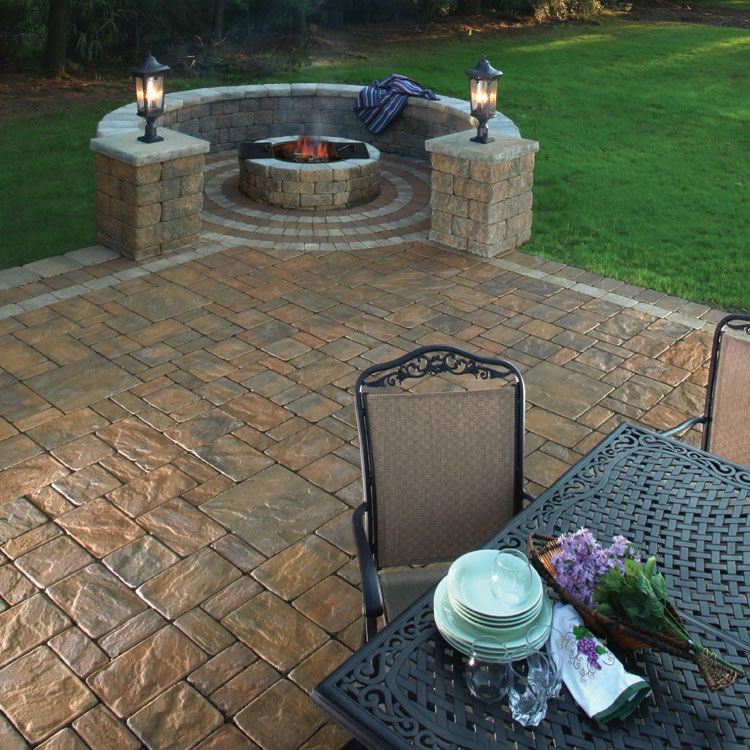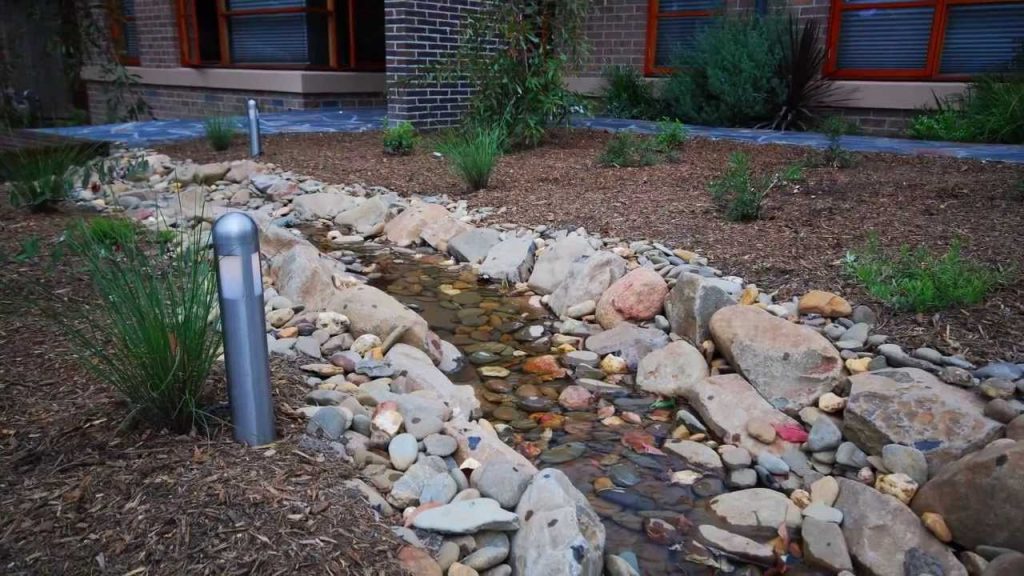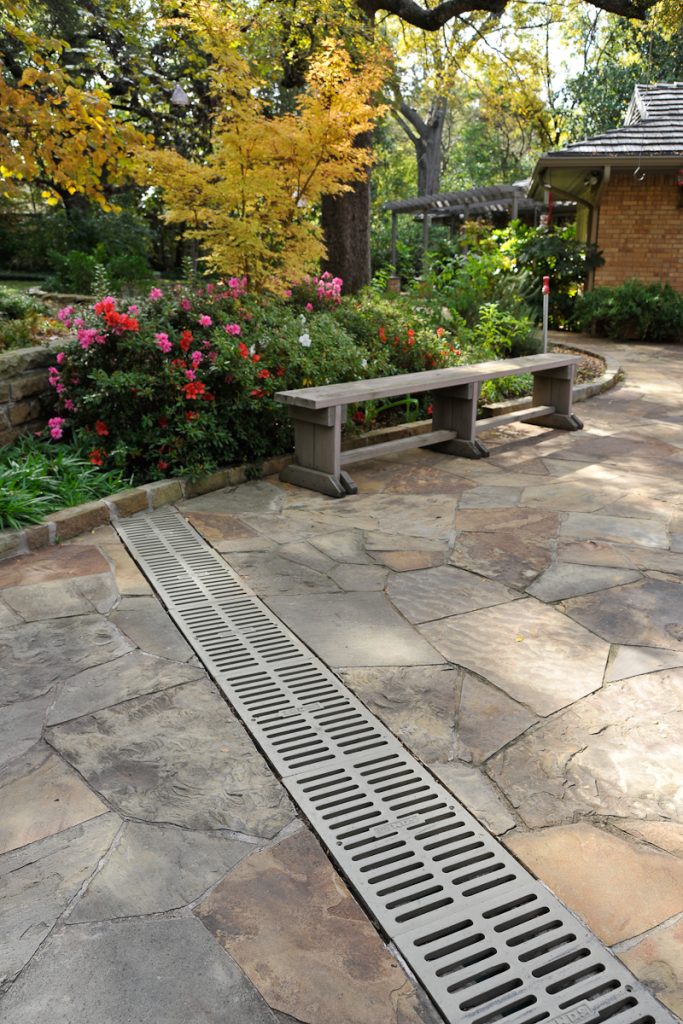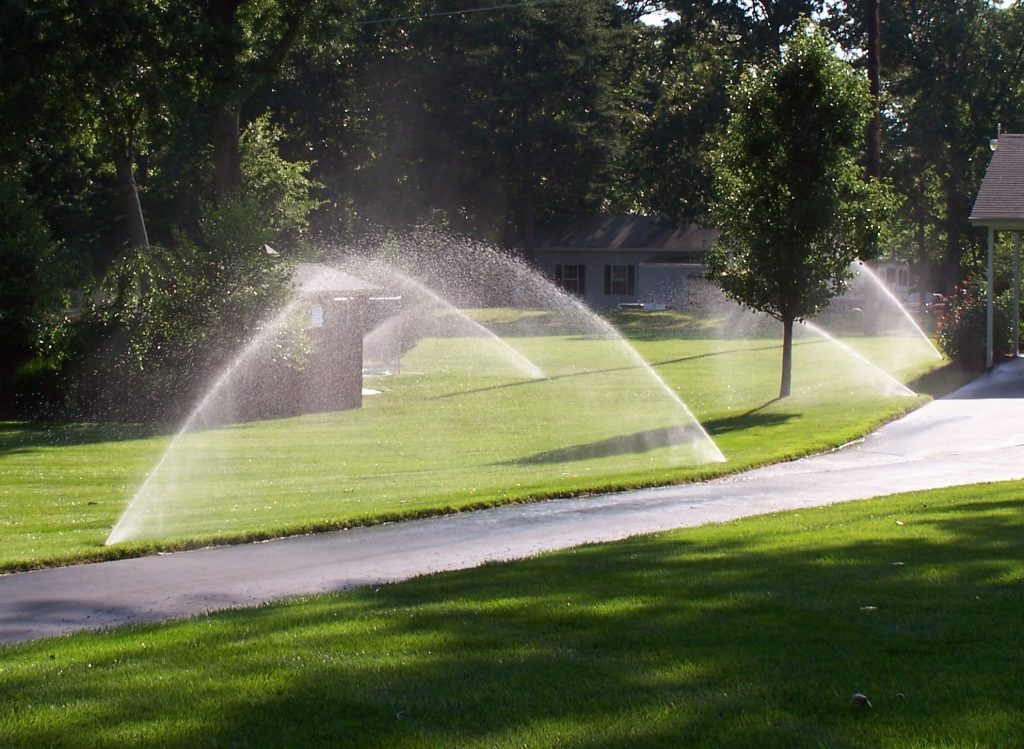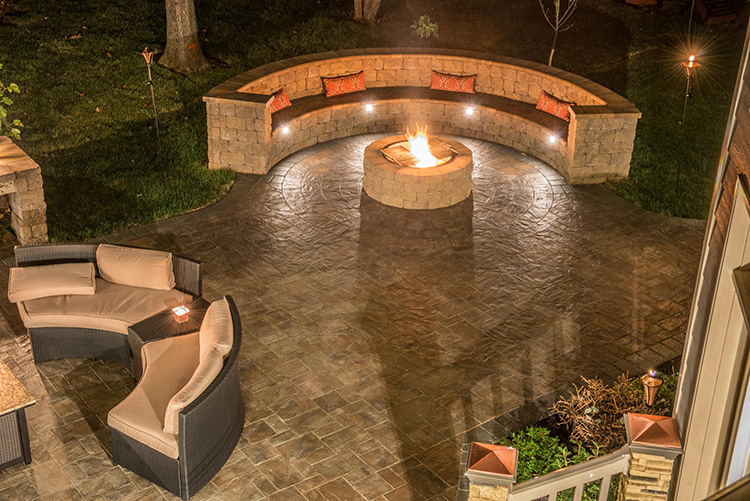When you’re planning an addition or a major home improvement upgrade, there are so many options and things to take into account that it can get a little overwhelming. 😉
The nature of the home remodeling project itself, the materials you need, the cost of contractors to hire, building permits, whether there is a justifiable return on your home improvement investment, etc. – all of these are important factors to consider when planning your project.
Basic Costs of Hiring a Home Improvement Pro to Keep in Mind
When it comes to costing for your project, keep in mind that on average, you can expect to pay $75 to $125 per hour for an electrician, $35 to $65 per hour for professional painters, and around $75 to $100 per hour for a good carpenter.
We have factored these average prices into our costing. Also note that the prices we mention are on average across the US, however costs may vary depending on where you are building. For example, coastal regions and major cities are likely to cost significantly more than country towns.
Top 20 Major Home Addition Projects to Help You Visualize your own Home Remodeling Journey
- BUILDING A GARAGE
When it comes to building a garage, you should start by determining your budget, and then decide on the inclusions you want.
You have two main options to choose from for the design – you can have a detached garage which stands on its own, away from the house, where you could also consider a second level for living, workshop, or storage space; or attached so it sits on the side of your home and is generally more affordable.
Whatever design you choose, you need to consider the following to get an accurate quote: the size you want (double, single, three-car, compact, storage space); what materials it will be built from (for the walls – drywall, metal panels, plastic, cement; for the roof – gypsum, Styrofoam, cork, tiles); windows and the type of door you want.
Detached: You’re going to pay more from the outset for detached, which you might put behind the house if there isn’t space to build next to it.
Cost: You’re looking at paying around $35,000 to $65,000 including labor and materials, but you can expect to pay more if you’re also including plumbing, electrical lines or HVAC; and add another $25,000-35,000 to include a second level. Cost per square foot: $45.00 – $100.00.
Attached: The less expensive of the two, attached garages connect to your home; saving you money immediately by utilizing one wall you have already in place. That means you’re only building three walls instead of four, and being next to the house, you can take advantage of close proximity to your home’s electricity and plumbing to save on wiring and installation fees.
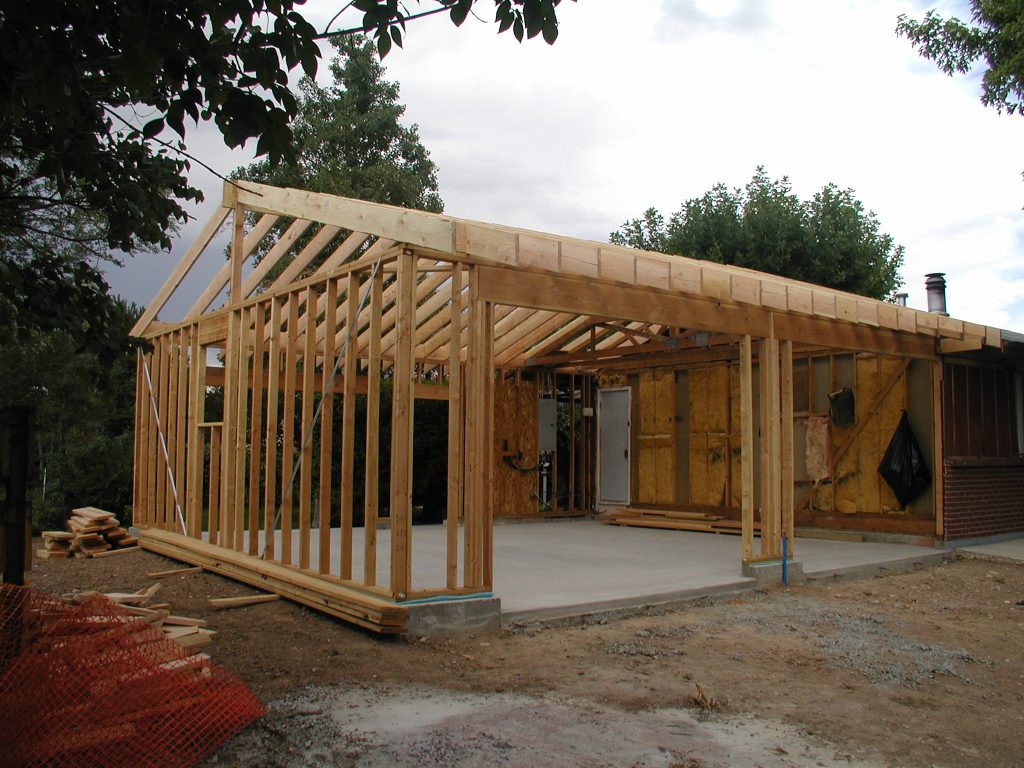 via Atec Builders
via Atec Builders
Cost: For a single car garage, expect to pay between $25,000 and $45,000; while a double garage will be in the vicinity of $50,000-$60,500. This includes materials and professional labor costs. Cost per square foot: $35-$75.
ROI: Best return on investment can sometimes be achieved for a detached garage, especially when coupled with an added living space above the garage itself. You could include a small bathroom and kitchenette, then rent that space out to achieve 100% returns (or more).
- SUNROOM
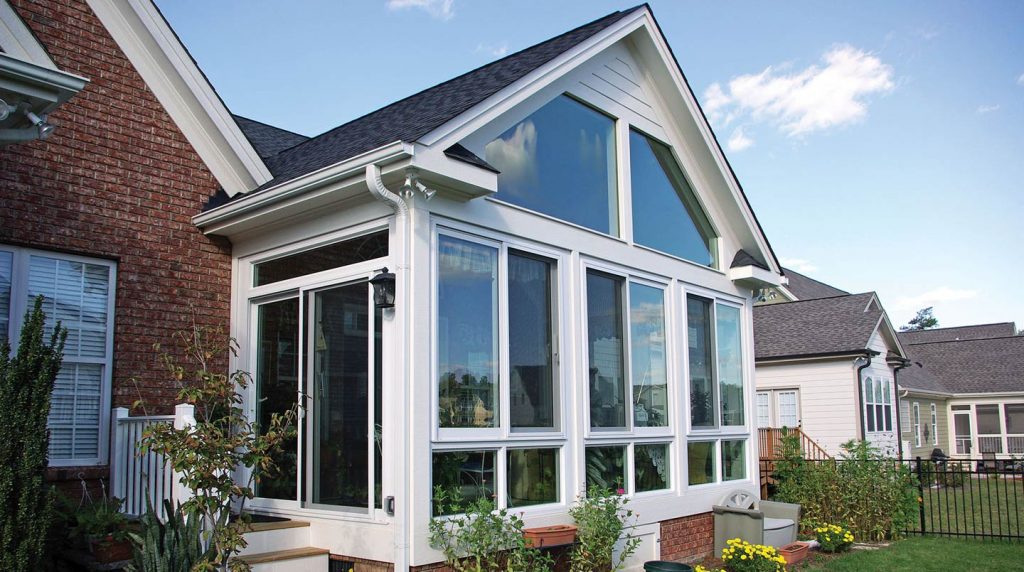 Via Patio Enclosures
Via Patio Enclosures
There is nothing quite like soaking up the morning or afternoon sunshine in your own sunroom and if you can include this as an addition to your home, we highly recommend it.
With walls of glass that invite the sunlight in, you’ll be protected from the elements as you enjoy basking in the sunshine all year round.
Sunrooms are affordable and popular and are generally made from vinyl or aluminum. You can save money by skipping heating and using the room only through the warmer months (or only when the sun is shining directly on the room during winter).
Cost: The average cost of a sunroom addition depends on the size and features you want to include. Generally, you’ll pay anywhere from $25,000 up to $75,000, including labor costs for painters, carpenters and electricians. Average cost per square foot can range as much as: $50 – $150.
ROI: Adding a sunroom will increase your home’s general value, so if you’re planning on selling any time soon, you should see a 50% return on the money you spend.
- CLOSET OR WARDROBE
Reach in closets or walk-in closets and wardrobes will help you to keep your sanity in a space that can quickly get messy.
Having the freedom to arrange your clothes in open space, without having everything thrown in drawers that are hard to maintain; not to mention the added storage space you’ll gain, makes getting a closet or wardrobe well worth your while.
If you have smaller space to work with and less to store, a closet is the ideal choice. You can choose from a walk-in or a reach-in, depending on how much space you must work with.
If you’re getting one closet or wardrobe, why not buy in bulk – getting all the bedrooms fitted. You’ll save money – and get a greater return in the long run.
Cost: You’ll spend an average of around $1,500 to $2,500 for a simple walk-in closet of around 6.5 foot wide, and between $1,500 and $2,800 for a reach in closet or around $3,000 for a wardrobe. This price will increase if you need extra walls built. Average cost per square foot: $15 – $30.
ROI: 100%. Pay $2,000 for a closet, and if you sell your home, you can easily ask an extra $2,000 to the total price.
